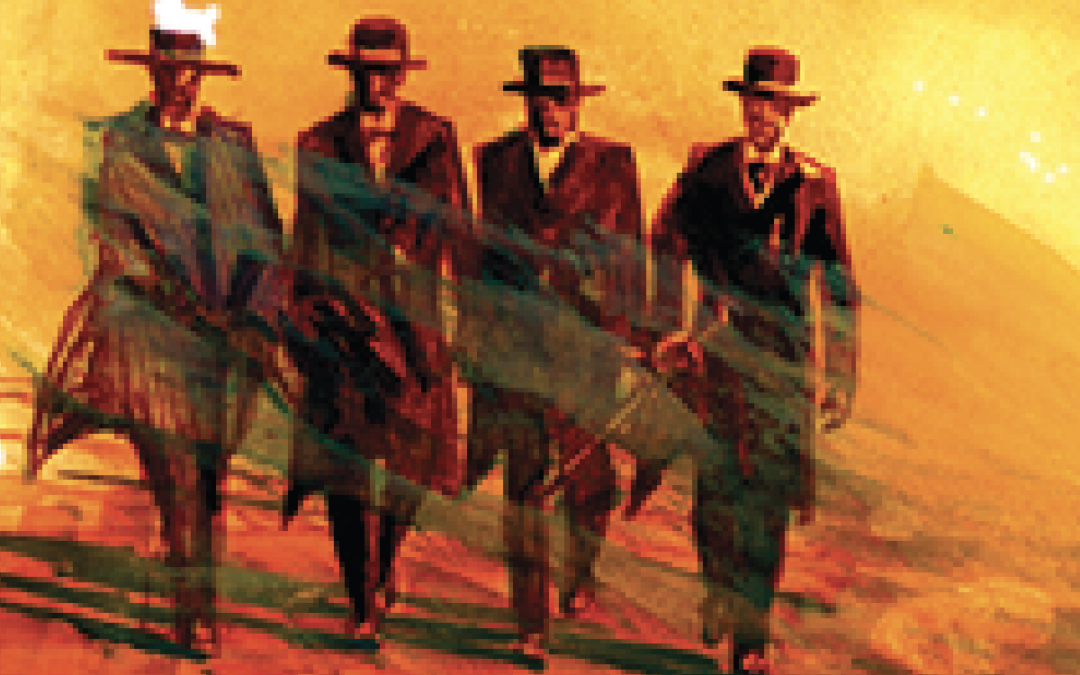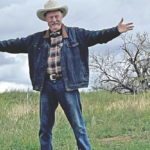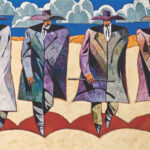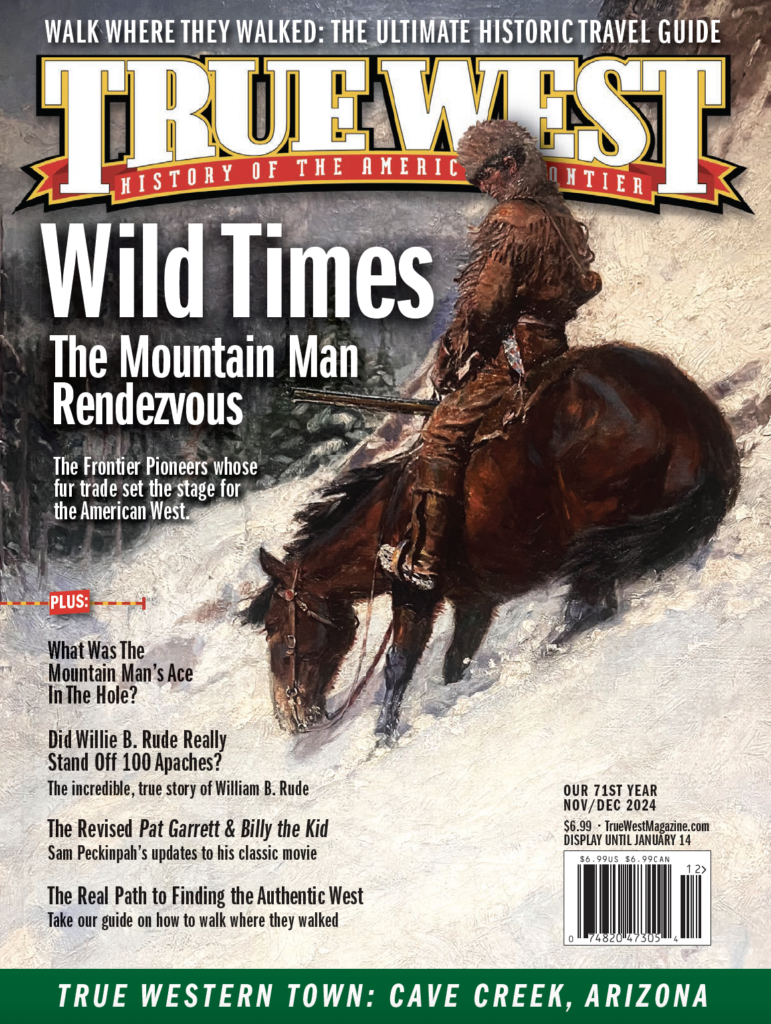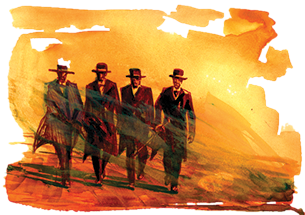
How do you get hooked on history at a young age—or at any age, for that matter? I’d say one of the best ways is to get out of the library and classroom and walk where history happened. For me it started in Jerome and Clarkdale, Arizona. My earliest memories of historic places are of the fabled mining town and its ghostly, nearly all empty buildings (we’re talking 1968 here!) and the ruins of the ancient Puebloan people of Tuzigoot, a national monument near the Verde River, below Jerome. Walking those fabled streets of miners and village of ancient Indian people sparked my curiosity for the past that has never waned.
The editors and correspondents of True West have spent the past 71 years championing, chronicling, researching, debating and arguing the history of the American West. But one thing they have never disagreed on is the importance of leaving the books behind and traveling across the Western United States to experience the West where history happened. Seasons change, interpretations are updated and new exhibits are created, but the lessons learned by visiting where history happened, cannot be recreated anywhere else.
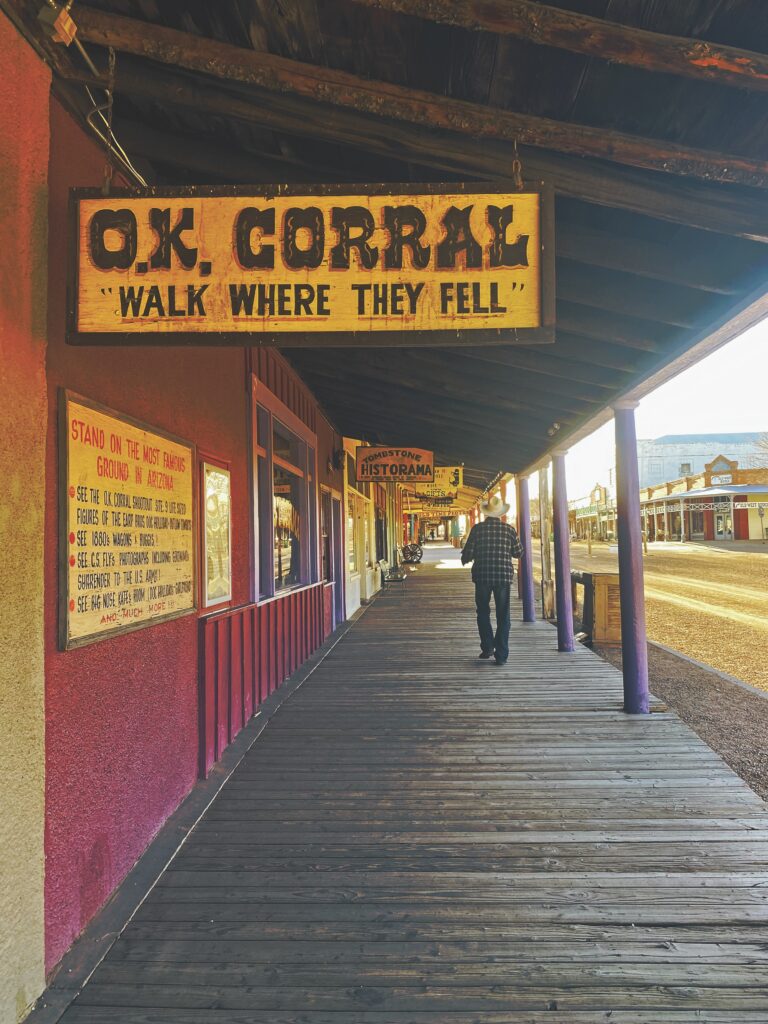
The following Western cities and sites are just an introduction to—a mere taste of—what awaits you on an adventure out West. Take your time, explore, be inspired, jump-start your curiosity and get out of your car and comfort zone. Walk where history happened. You won’t regret it. And, I predict you will do it again and again because your curiosity will not allow you to stay home any more.
Stuart Rosebrook, the newly appointed executive director of Sharlot Hall Museum in Prescott, Arizona, just visited Joshua Tree National Park for the first time and can’t wait to return and hike and camp in the park.
Every year in our final issue of the year, True West’s editors revisit the regions of the True West Ultimate Historic Travel Guide. The guidebook is organized into five regions. We hope you will enjoy visiting the following historic towns and sites, knowing that each state and region has hundreds of unique and interesting places to visit and walk where history happened. If you have a favorite place where history happened to share, send it to Executive Editor Bob Boze Bell at bozebell@twmag.com.

The Pacific Coast
Idaho
Wallace
Located in the richest silver district in American history, Wallace is in the Silver Valley of Shoshone County in Idaho’s northern panhandle. Start your walking tour of the Wallace Historic District at the Wallace District Mining Museum, and continue on to the Oasis Bordello Museum and the Northern Pacific Depot Museum. Don’t leave town without taking the Sierra Silver Mine Tour.
wallace-id.com
Nevada
Elko
An unofficial capital of the Great Basin and the buckeroo culture of Nevada, Elko is home to the Western Folklife Center and the world-famous National Cowboy Poetry Gathering every January-February. Museum lovers will enjoy touring Northeastern Nevada Museum and the Cowboy Arts & Gear Museum in G.S. Garcia’s saddle shop. Ever wondered what it was like to cross the nation in a Conestoga wagon? Or to walk across the continent to find your bonanza of gold in California? The California Trail Interpretive Center near Elko will answer all your questions with outstanding exhibitions and regular living history events. If you like a good historic hotel, stay at the Star Hotel & Bar, which opened in 1910.
elkonevada.com
Oregon
The Dalles
A tribal fishing center and crossroads of the Columbia River history for centuries, The Dalles developed as an American community at the terminus of the Oregon Trail and launching point for emigrant rafting parties down the river to the Willamette River Valley. While an alternate overland route was built over the Blue Mountains and around Mt. Hood to Oregon City, The Dalles remained an important economic and transportation hub. Today, visitors should begin their visit at Fort Dalles and then tour the world-class Columbia River Gorge Discovery Center.
thedalleschamber.com/historicthedalles.org
Baker
Located in the beautiful Powder River Valley, Baker City has a rich, Western heritage as a crossroads of history. The Oregon Trail brought the first settlers through the region on the way to the Willamette Valley, but many returned to found the city and seek their bonanza in mining, ranching and farming. When in town, enjoy walking the downtown district, take time to visit the Leo Adler House Museum and the Baker Heritage Museum. The Geiser Grand Hotel is a wonderfully restored, historic hotel. Just east of the city, the Bureau of Land Management’s Oregon Trail National Trail Center is dedicated to interpreting history through exhibits and ranger-led programs, many in period costume, explaining the history and experiences of the thousands of emigrants who made the overland journey across the country on the Oregon Trail.
bakercity.com
Washington
Toppenish
Located in south-central Washington, Toppenish is in the middle of the Yakama Indian Reservation. The community has a rich Native heritage and is considered a top agricultural district in the state, well-known for some of the best hops in the country. The city is adorned with murals—78 in all—depicting local history. The city also boasts some very popular museums: the Pacific Railway Museum, the American Hop Museum and the Yakama Nation Cultural Center, which should not be missed. Fourth of July is all about celebrating the region’s Western heritage, with a Wild West Parade and the two-day Toppenish Rodeo. Wine and nature lovers enjoy the city for its nearby wineries and beautiful vistas of Mount Adams and Mount Rainier.
visittoppenish.com
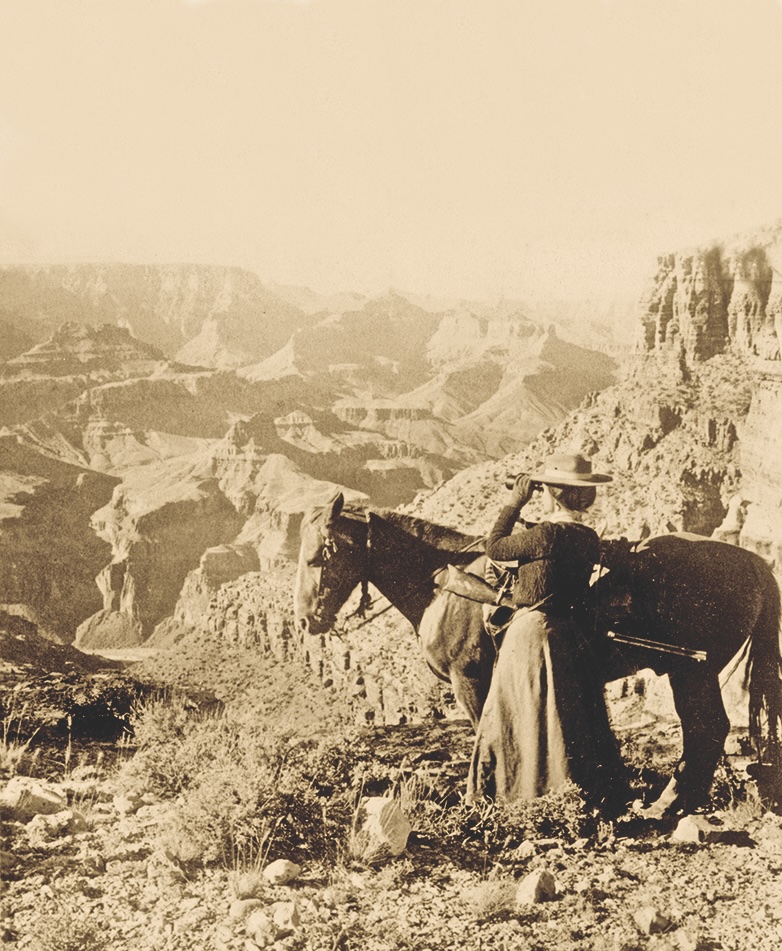
Courtesy Library of Congress
The Desert Southwest
Arizona
Prescott
The historic and picturesque Territorial capital of Arizona, Prescott is the perfect town in which to take a walk through state history. Start at Sharlot Hall Museum, the living history center with several historic buildings, including the Territorial Governor’s Home, and walk down Gurley Street to Prescott’s historic Yavapai County Courthouse Plaza, where Solon Borglum’s Rough Rider bronze greets visitors to the park. Across the street, take a walk down Montezuma Avenue, known as Whiskey Row, and visit the historic Palace Restaurant & Saloon. Fort Whipple Museum, managed by Sharlot Hall Museum in a 19th-century officer’s home on the V.A. campus, is open on Fridays and Saturdays.
prescott.org
Tombstone
“The town to tough to die,” Tombstone is Arizona’s most infamous Territorial mining camp and is known internationally for the Earp-Clanton gunfight behind the O.K. Corral. Tour the Tombstone County Courthouse State Historic Park, take a walk through Boothill Graveyard, and park at one end of Allen Street and walk into history. In the National Historic District, don’t miss visiting Big Nose Kate’s Saloon, the Crystal Palace, C.S. Fly’s, O.K. Corral, the Bird Cage Saloon, Rose Tree Museum, Good Enough Mine Underground Tour and the Tombstone Epitaph Museum.
tombstonechamber.com
Wickenburg
One of Arizona’s oldest towns north of the Gila River, Wickenburg owes its beginnings to gold but its present to cowboys, ropers, dudes, dudettes and tourists. Home to one of the best climates in the state, Wickenburg celebrates its heritage at Gold Rush Days every February. Tours of the Vulture Mine and historic downtown are a must for visitors to Wickenburg. Local guest ranches still attract visitors from around the world as do yhe Desert Caballeros Western Museum’s exhibits and art shows.
outwickenburgway.com
New Mexico
Lincoln
In the annals of Western U.S. history, the humble town of Lincoln’s notorious past is synonymous with the violence that plagued the West, and especially the New Mexico Territory after the Civil War. The historic buildings in the center of town are managed and preserved as a New Mexico Historic Site. Visitors can walk the streets of Lincoln and stride in the footsteps of the Regulators, Billy the Kid, Pat Garrett, John Tunstall, Alexander McSween, Lawrence G. Murphy and James J. Dolan. Stay the weekend at the Dolan House, Ellis Store or Wortley Hotel. Tour the 17 historic structures (call ahead for scheduled openings), including the Old Lincoln County Courthouse, the Tunstall Store, Montaño store, the 1850s stone Torreon, San Juan Mission Church and the Anderson-Freeman Museum. Old Lincoln Days are held every August and re-enactors entertain tourists with some of the most infamous moments of the Lincoln County War, including Billy’s dramatic escape from the Lincoln County Jail.
nmhistoricsites.org/billybyway.com
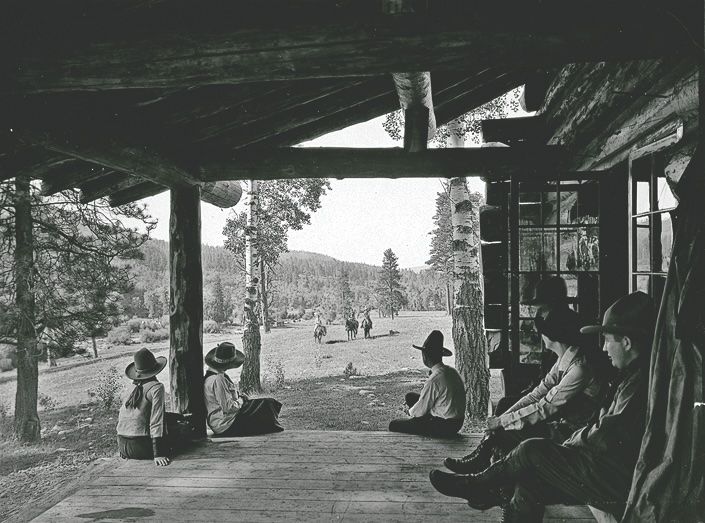
Edward Kemp/New Mexico History Museum, Negative No. 053697
Oklahoma
Muskogee
Founded in 1872, Muskogee is one the most historic and best-known cities in Oklahoma. Proud of its history and culture, the city welcomes visitors to its state-of-the-art museums, Three Rivers, Five Civilized Tribes and Oklahoma Music Hall of Fame. From the 1870s to the 1890s, Muskogee had a notorious reputation and Deputy U.S. Marshal Bass Reeves was one of many federal officers sent to the area to help suppress the local crime. Today, the city welcomes visitors from around the world seeking to learn more about the Native culture, Oklahoma history and music.
visitmuskogee.com
Texas
Fort Concho
Built in 1867 as a strategic U.S. Army outpost during the post-Civil War conflict with the Southern Plains tribes, Fort Concho served its purpose effectively until it was closed in 1889. The City of San Angelo operates the historic landmark, museum and the staffing and preservation of 23 fort buildings. Walk in the footsteps of soldiers and their families who lived at the fort and tour Officers Row and Quarters, the Enlisted Men’s Barracks, Post Headquarters, Hospital, School House and Chapel. Fort Concho is also the site of numerous annual living history events, including Buffalo Soldier Heritage Day in February and Fort Concho Frontier Day in April.
fortconcho.com
El Paso Concordia Cemetery
Take a walk back into time in El Paso’s historic Concordia Cemetery, the eternal resting place for the famous and infamous, valiant and brave, humble and unknown. El Pasoans have buried their dead in the graveyard since the first soul was interred in the 1840s. The historic cemetery is managed by the Concordia Heritage Association to protect, preserve and maintain the graveyard. Visitors can walk its grounds and see outlaw John Wesley Hardin’s grave as well as the grave of John Selman, the lawman who put Hardin in Concordia. Don’t miss the special section dedicated to Buffalo Soldiers, the graves of Texas Rangers, Civil War veterans and the innumerable headstones of El Paso’s citizenry forgotten with time.
concordiacemetery.org
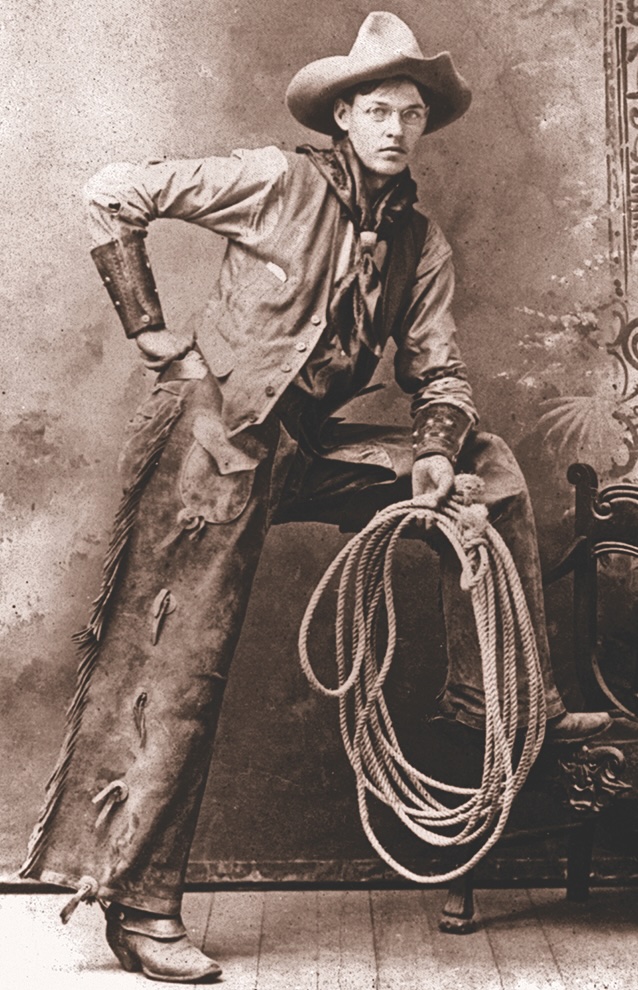
San Elizario Historic District
Just east of El Paso, the San Elizario Historic District is a living history center that provides visitors with a window into 18th- and 19th-century life along the Rio Grande River in southwestern Texas. Founded in 1789, the town of San Elizario grew up in support of the Presidio San Elcear. Visit the city’s historic sites on a walking tour that includes the Presidio, Old City Jail, Memorial Placita and Los Portales, home to the city’s museum and visitor center.
cityofsanelizario.com
Waco
Driving the longhorn herds north from southern Texas to Kansas, the range bosses and cowboy crews faced innumerable daily dangers, but pushing thousands of steers across rivers on the Chisholm trail led to many drownings of men and animals. The Brazos River in Waco was unpredicable, and the ferry crossing was cumbersome for cattle drives. The city recognized an
opportunity for the future and built a 475-foot suspension bridge, the first ever in Texas. Today, the Waco Suspension Bridge is for pedestrians only, but Waco still holds its Independence Day celebration at the bridge and Indian Springs Park, the original townsite. Not too far from the bridge is the Texas Ranger Hall of Fame & Museum, where visitors will discover the inspiring history of the Texas Rangers from their founding in 1823 to the present.
wacoheartoftexas.com

Courtesy Library of Congress
Great Basin and Rocky Mountains
Montana
Little Bighorn Battlefield National Monument
Little Bighorn remains one of most significant battles in American history. Located on the Crow Agency, the June 25-26, 1876, battle between Sitting Bull and Crazy Horse’s Sioux and Cheyenne allies and Lt. Col. George A. Custer’s 7th Cavalry, led to the death of 263 soldiers, including Custer. Visitors will discover a solemnity that imbues the park, whether one is touring the national cemetery, the visitor center museum, the walkways, the 1881 7th Cavalry Memorial or the 2003 Indian Memorial. Ranger-led programs provide expert analysis on the battle, while a drive out to the Benteen- Reno Battlefield provides a great view of the Little Bighorn River Valley. After touring the monument, don’t miss an opportunity to visit the Custer Battlefield Museum, in Garryowen, Montana, or a chance to stay the night at the fully restored, historic Sheridan Inn in Sheridan, Wyoming.
nps.gov/custermuseum.org
Montana
Virginia City
In 1863, prospectors looking for the next bonanza discovered gold in Alder Gulch. Soon Virginia City was the latest Western boomtown that brought settlers deep into the Northern Plains. Within a year, 8,000 to 10,000 miners were living in the wild town. Soon thereafter Virginia City was made the Territorial capital. Today, visitors can walk the historic streets of the Victorian mining town, tour several historic structures, visit Boot Hill, be entertained by re-enactors, take a ride on a train and learn how Virginia City, Montana, changed the course of history in the West.
virginiacity.com
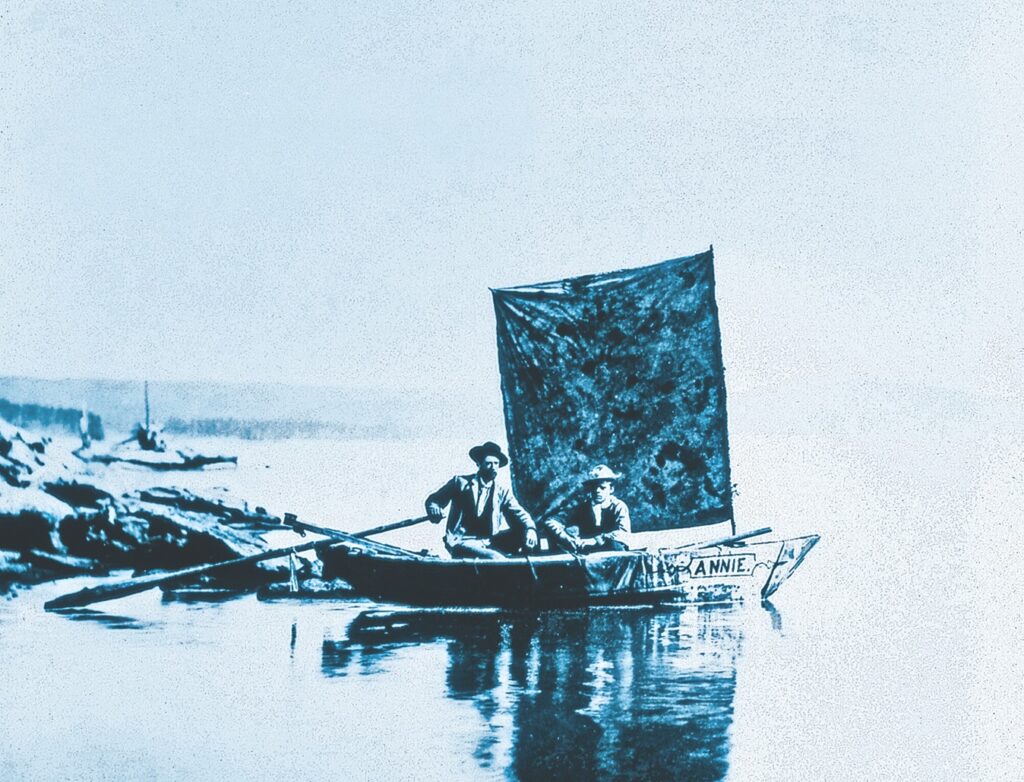
Wyoming
Cheyenne
The state capital of Wyoming is the state’s largest city and for lovers of Old West history, a must place to visit while on tour of the Cowboy State. Downtown is well-known for its historic sites and museums, including the State Capitol building, the historic courthouse where Tom Horn was hanged, Union Station, the Wyoming History Museum, the Nelson Museum of the West, Cheyenne Frontier Days Old West Museum and the Cowgirls of the West Museum. Stay at the famous Plains Hotel, take a trolley tour and enjoy the downtown district of restaurants, bars and shops. Plan ahead and get your tickets early for Cheyenne Frontier Days, held for 10 days every July.
cheyenne.org
Cody
The gateway city to Yellowstone National Park is one of the preeminent Western destinations. Founded as a land venture to attract the railroad near the east entrance of Yellowstone, William F. “Buffalo Bill” Cody lent his name to the town. Begin your tour by checking into Cody’s Historic Irma Hotel (don’t miss the cherrywood bar given to Cody by Queen Victoria), named after his daughter, and then visiting the Buffalo Bill Center of the West’s complex of five museums, library and archive, the most significant Western history museum center in the United States. Schedule a couple of days to tour the Buffalo Bill History Museum, Cody Firearms Museum, Plains Indian Museum, Draper Museum of Natural History and the Whitney Gallery of Western Art.
codychamber.com
Hole-in-the-Wall/Kaycee
Forty miles southwest from Kaycee in the Big Horn Mountains, the legendary Hole-in-the-Wall outlaw hideaway is managed by the BLM. Outlaws Butch Cassidy and his Wild Bunch Gang were known to ride through the “hole” in the sandstone wall to escape from the law. The site is accessible only by primitive roads and a 2.5-mile cross-country hike. Always check with the field office for current conditions, a map and directions. Make your headquarters in Kaycee at the Willow Creek Ranch or Cassidy Inn, dine at the Invasion Bar & Restaurant, visit Chris LeDoux Memorial Park (Chris LeDoux Days is held every June) and tour the Hoofprints of the Past Museum. Interstate 25 south from Kaycee to the TTT Road exit. At TTT Road exit, drive south about 14 miles to Willow Creek Road (County Road 111). Take this road west for about 18 miles to a primitive two-track road which bears north. This is County Road 105, which has a number of livestock gates.
kayceewyoming.org/blm.gov
Sheridan
In 1882 John D. Loucks founded Sheridan, which he named in honor of his commanding officer in the Civil War. The gateway city to the Big Horn Mountains and Little Bighorn country of Montana, Sheridan became an economic center for the bi-state region after the railroad arrived in 1892. Today, visitors can stay at the fully restored Sheridan Inn, stroll historic downtown, visit the Mint Bar, and tour the Brinton, Sheridan County and Bozeman Trail museums.
sheridanwyoming.org

South Dakota
Courtesy Library of Congress
Northern Prairie and Plains
North Dakota
Medora
Among the most beautiful—and entertaining—places in North Dakota are the inexorably connected restored historic village of Medora and Theodore Roosevelt National Park. Every summer the town of Medora comes alive as the community celebrates the legacy of Theodore Roosevelt at the Medora Musical. Frenchman Marquis de Mores founded the town in 1883 and named it for his wife. The Marquis’s settlement also attracted another New Yorker, Teddy Roosevelt, who built a cattle ranch nearby in 1883. Roosevelt’s experiences in the Dakota Territory would forever shape his life and political career, and the adjacent national park encompasses the land he so loved. There are three units to the park: North (near Watford City), Elkhorn Ranch (Roosevelt’s ranch), and South (adjacent to Medora). The south unit’s scenic drive, many pullouts and trails provide visitors beautiful overviews of the park and opportunities to see wildlife, including bison.
medorand.com/nps.gov
South Dakota
Deadwood and Lead
The epicenter of the Gold Rush of 1874-’76 that transformed the Black Hills, Deadwood was founded to supply the rush of miners everything they needed to survive: supplies, saloons and soiled doves. Visitors who walk the streets of Deadwood today should start at the visitors center in the restored railroad station for a map of the city, directions to local museums, daily events, historic sites and the Mt. Moriah Cemetery, where Wild Bill Hickok and Calamity Jane are buried side by side. After touring Deadwood, drive up the mountain to tour the historic gold mining town of Lead.
deadwood.com/leadmethere.org
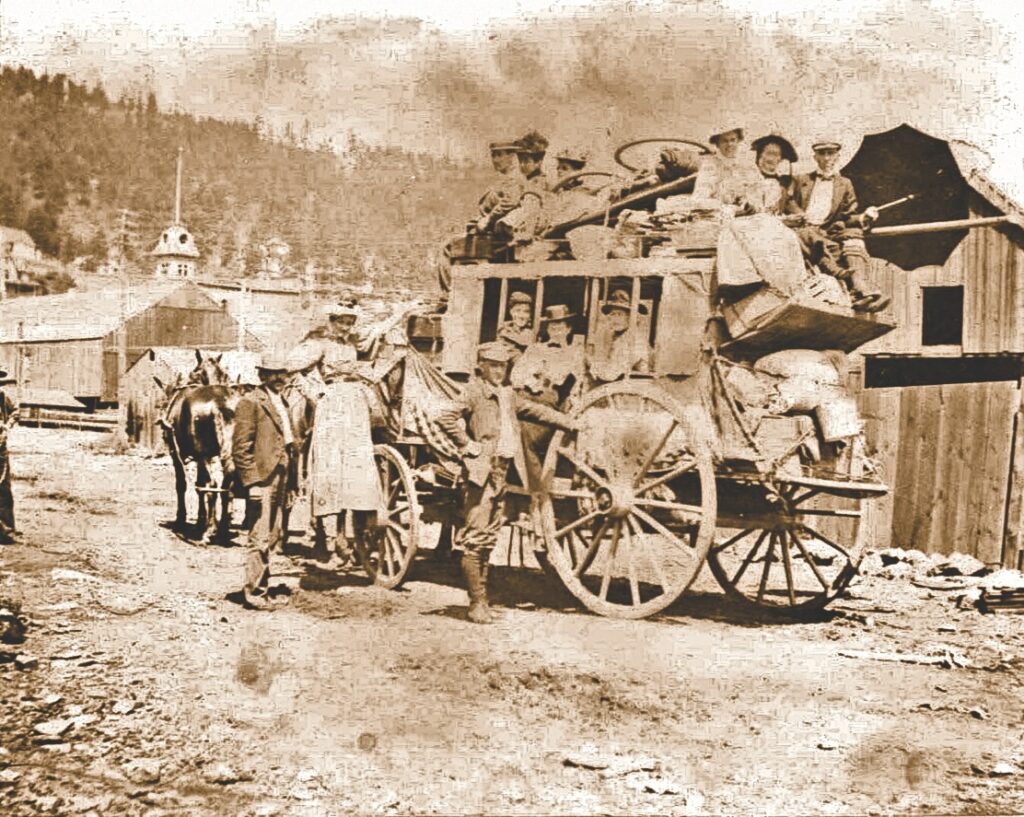
True West archives
Southern Prairie and Plains
Arkansas
Fort Smith, Fort Smith Belle Grove Historic District
Belle Grove, one of the most significant historic districts in Arkansas, is a 22-block area of homes dating back 130 years adjacent to Fort Smith National Historic Site and the Arkansas River. Four homes are open for public tour: The Clayton House, McKibben- Bonneville House, Fort Smith Art Center and the Darby House.
Fort Smith, Fort Smith National Historic Site
In the annals of American Trans-Mississippi history, Fort Smith, founded in 1817, was an important gateway city to the West. While Missouri’s St. Louis, Independence and St. Joseph receive more attention in the history books, Fort Smith’s role in the development and settlement of Western territories, including Oklahoma, Texas and Kansas, must be considered. The National Park Service’s Fort Smith National Historic Site is one of the largest, best preserved interpretive centers of a historic 19th-century federal post west of the Mississippi. Tours should begin at the Visitor Center in the fort’s former barracks/courthouse/ prison. Fort Smith may have been best known as the court of Judge Isaac Parker, the hanging judge. Visitors can tour the 37-acre grounds of Fort Smith on a 1.4-mile self-guided tour of all the key historic structures and sites, including the Gallows, Commissary and Trail of Tears National Historic Trail Overlook.
nps.gov/fortsmithar.gov

Custer County, Nebraska
Courtesy Library of Congress
Kansas
Dodge City
“The Queen of the Cow Towns,” Dodge City’s iconic status stands equally with that of Deadwood, Lincoln and Tombstone. A tour of Dodge City should begin at the Visitor Information Center for an orientation and guide to the city. Take the Historic Trolley Tour (Memorial Weekend to Labor Day), pick up a map of the Dodge City Trail of Fame and visit the internationally acclaimed Boot Hill Museum. Boot Hill is known for its outstanding exhibits on frontier Kansas history, firearms, gambling, buffalo hunters and the Wild West era of cattle drives. Visitors will enjoy walking amongst the historical interpreters and watching gunfight re-enactments on Front Street and the Variety Show in the Long Branch Saloon. While in Dodge City, don’t miss a visit to the Gunfighters Wax Museum, and the Wild West Heritage Foundation’s Buffalo and Longhorn Exhibit.
visitdodgecity.org
Coffeyville
Rivaling the James-Younger Gang’s failed bank robbery in Northfield, Minnesota, is the Dalton Gang’s disastrous attempt to rob two banks, C.M. Condon and First National, simultaneously in Coffeyville, Kansas, on October 5, 1892. Convenient for visitors to Coffeyville, the area’s chamber of commerce is located in the original site of the C.M. Condon Bank, the 1871 Perkins Building, in the city’s historic district. The chamber is open Monday to Friday and the bank vault, tellers’ area and lobby can be seen as they were on that fateful day. From the Perkins Building, take a walking tour of the district to the Dalton Defenders Museum. The graves of Bob and Grat Dalton and Bill Powers can be visited in Coffeyville’s Elmwood Cemetery. Also, visitors should take the time to visit the Coffeyville’s Historical Society’s 1904 Brown Mansion.
coffeyvillechamber.org/daltondefendersmuseum.com
Missouri
Kearney
Until 1978, the James Farm was owned by descendants of the famed outlaw Jesse James. Today, the historic site in Kearney, Missouri, is a Clay County Museum dedicated to the James Family, the history of the region, the Border War and the Jesse and Frank James years as outlaws. The Visitors Center and Museum is in the restored 19th-century family home. Kearney has a charming historic downtown, including the Kearney Historic Museum.
jessejames.org
St. Joseph
Known best as the trailhead for the Pony Express, St. Joseph’s historic district will inspire the imagination and remind visitors of the importance to American history of Missouri’s Western frontier towns. Begin tours of historic St. Joseph at the Pony Express Museum, followed by a visit to the extraordinary St. Joseph Museum with its extensive displays on the culture and history of the region, including American Indian and Civil War exhibitions. Also, don’t miss the Patee House Museum, Jesse James Home, Robidoux Row Museum and Pony Express Monument.
stjomo.com
Nebraska
North Platte
Buffalo Bill State Historical Park preserves Scout’s Rest Ranch, the North Platte home of the great Western showman William F. “Buffalo Bill.” Cody first began ranching in the area in 1877 and began building a major farm and ranch operation in North Platte in 1878. A major enterprise, the Nebraska ranch was home to Cody and his family for many years. He owned the property until 1911. The park includes the Cody House and barn. The ranch is also noted as the place Cody debuted his Wild West show, known as the Old Glory Blowout, in 1882. While in North Platte, visitors should also schedule time to tour Cody Park and the largest rail center in the world, the Union Pacific Railroad Bailey Yard and the Golden Spike Visitor Center.
visitnorthplatte.com/ outdoornebraska.gov

